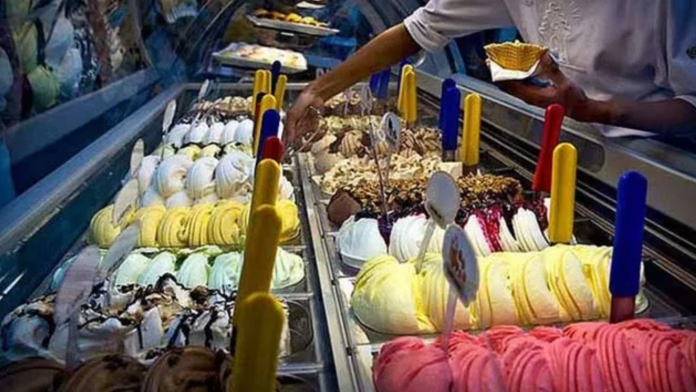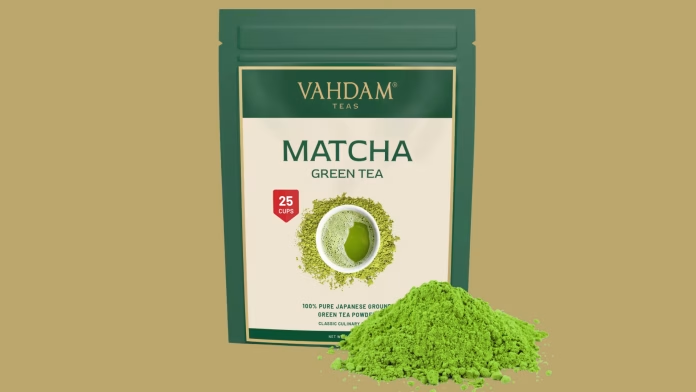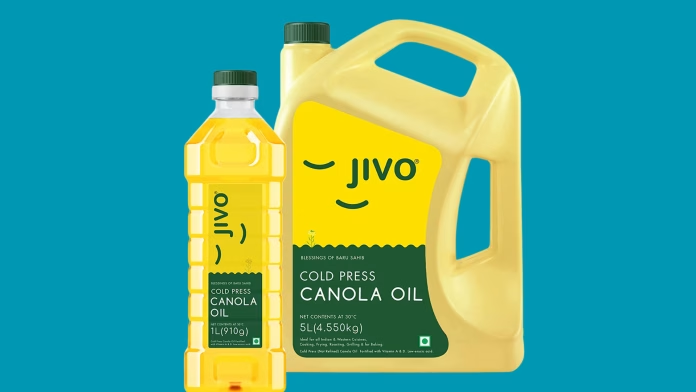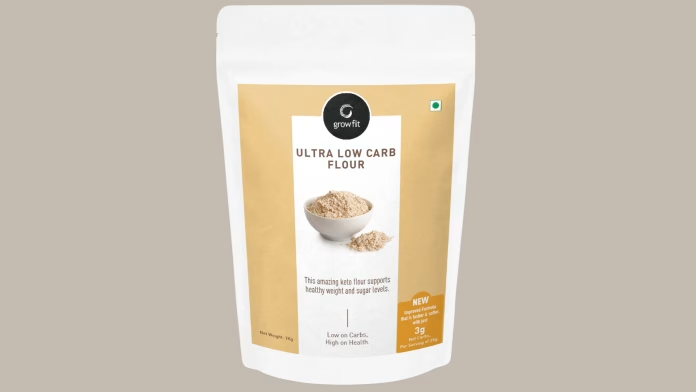Working from home has become the new normal for many of us, especially since the outbreak of Covid-19. While there are many benefits to working from home, it can be challenging to maintain a healthy lifestyle, particularly when it comes to our diet. With the kitchen just a few steps away, it’s easy to grab unhealthy snacks and overeat, leading to weight gain and other health problems.
In this article, we’ll discuss some hacks for healthy eating while working from home. By following these tips, you can maintain a healthy diet, stay productive, and feel great throughout the day.
Plan your meals: One of the best ways to ensure healthy eating while working from home is to plan your meals. Take some time each week to plan out your meals and snacks, including breakfast, lunch, dinner, and any snacks in between.
When planning your meals, focus on whole foods, such as fruits, vegetables, whole grains, and lean proteins. These foods are rich in nutrients and will provide you with the energy you need to stay productive throughout the day.
Stock up on healthy foods: Another key to healthy eating while working from home is to stock up on healthy foods. Make sure your kitchen is filled with nutritious foods, such as fresh fruits and vegetables, whole grains, nuts, seeds, and lean proteins.
Avoid keeping unhealthy foods in the house, such as chips, cookies, and sugary drinks. If unhealthy foods are readily available, it can be hard to resist temptation, leading to overeating and weight gain.
Avoid distractions while eating: When working from home, it’s easy to get distracted while eating, such as checking emails or scrolling through social media. However, distractions can lead to mindless eating, causing you to overeat and not fully enjoy your meals.
To avoid distractions while eating, set aside time to eat without any distractions. Turn off your phone, close your laptop, and focus on enjoying your food. This will help you feel more satisfied with your meals and prevent overeating.
Cook meals in advance: Another hack for healthy eating while working from home is to cook meals in advance. Spending time meal prepping on the weekend can save you time and energy during the week and make it easier to stick to a healthy diet.
Prepare meals in advance, such as soups, stews, and casseroles, and store them in the fridge or freezer for later. This will ensure that you have healthy, homemade meals available at all times, even when you’re short on time.
Stay hydrated: Staying hydrated is crucial for maintaining a healthy diet while working from home. Dehydration can cause fatigue, headaches, and decreased cognitive function, making it harder to stay focused and productive.
Make sure to drink plenty of water throughout the day, and consider adding some flavor by infusing your water with fresh fruits or herbs. You can also drink herbal teas, such as green tea or chamomile tea, which are both rich in antioxidants and have numerous health benefits.
Take regular breaks: Taking regular breaks throughout the day can also help with healthy eating while working from home. When we’re busy, it’s easy to forget to take breaks and grab unhealthy snacks instead.
Set reminders to take breaks throughout the day, such as a quick walk around the block or a few minutes of stretching. This will help you stay energized and focused, and prevent mindless snacking.
Practice mindful eating: Mindful eating is a practice that involves paying attention to your food, your body, and your surroundings while eating. It can help you enjoy your meals more, prevent overeating, and make healthier food choices.
To practice mindful eating, take a few deep breaths before starting your meal and focus on the smells, flavors, and textures of your food. Chew slowly and savor each bite, paying attention to how your body feels and when you start to feel full.
Avoid eating in front of the TV or computer, as this can lead to mindless eating and distraction. Instead, set aside time to eat in a calm and quiet environment, focusing on enjoying your food and nourishing your body.
Try healthy substitutions: Another way to promote healthy eating while working from home is to try healthy substitutions. There are many simple substitutions you can make to your favorite meals to make them healthier and more nutritious.
For example, you can swap out white bread for whole-grain bread, or use Greek yogurt instead of sour cream in recipes. You can also substitute vegetable noodles for pasta or use avocado instead of mayo in sandwiches.
By making simple substitutions, you can reduce the number of calories and unhealthy fats in your meals, while still enjoying delicious and satisfying food.
Avoid eating late at night: Eating late at night can disrupt your sleep and lead to weight gain, so it’s important to avoid late-night snacking while working from home.
Try to finish your last meal at least 2-3 hours before bedtime, and avoid eating any snacks or sugary treats in the evening. Instead, opt for a healthy snack, such as a piece of fruit or some raw vegetables, if you feel hungry in the evening.
Create a healthy workspace: Creating a healthy workspace can also promote healthy eating while working from home. If your workspace is cluttered or disorganized, it can be harder to focus and make healthy choices.
Make sure your workspace is clean and organized, with plenty of natural light and fresh air. You can also add some plants or artwork to create a calming and inspiring environment.
Having a designated space for meals and snacks can also help with healthy eating. Set up a separate area for eating, such as a table or desk, and avoid eating at your work desk or in front of the TV.
Get enough sleep: Finally, getting enough sleep is crucial for maintaining a healthy diet while working from home. Lack of sleep can disrupt your metabolism, increase your appetite, and lead to overeating and weight gain.
Make sure to prioritize sleep and aim for 7-8 hours of sleep per night. Create a relaxing bedtime routine, such as taking a warm bath or reading a book, to help you wind down and prepare for a good night’s sleep.
Maintaining a healthy diet while working from home can be a challenge, but it’s essential for our physical and mental well-being. By following these tips, you can promote healthy eating habits and feel great throughout the day.









